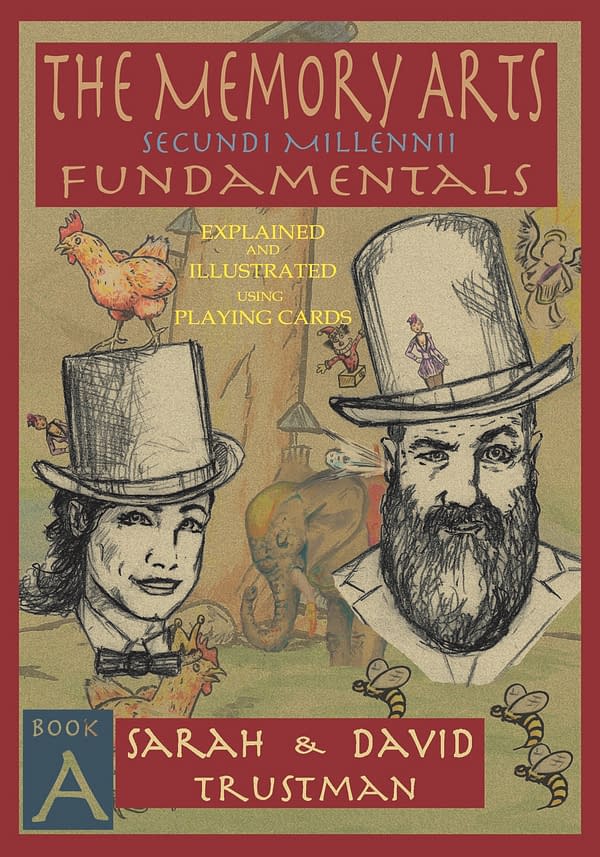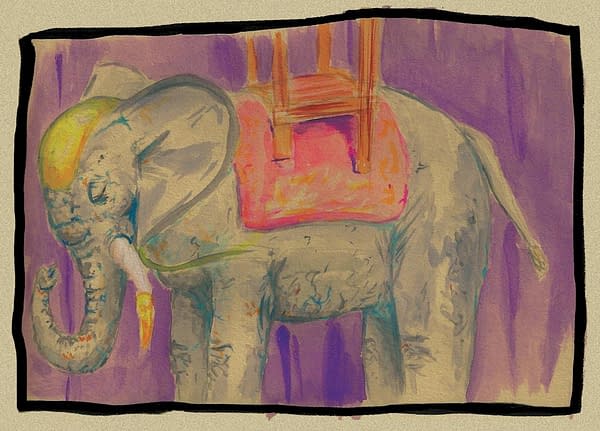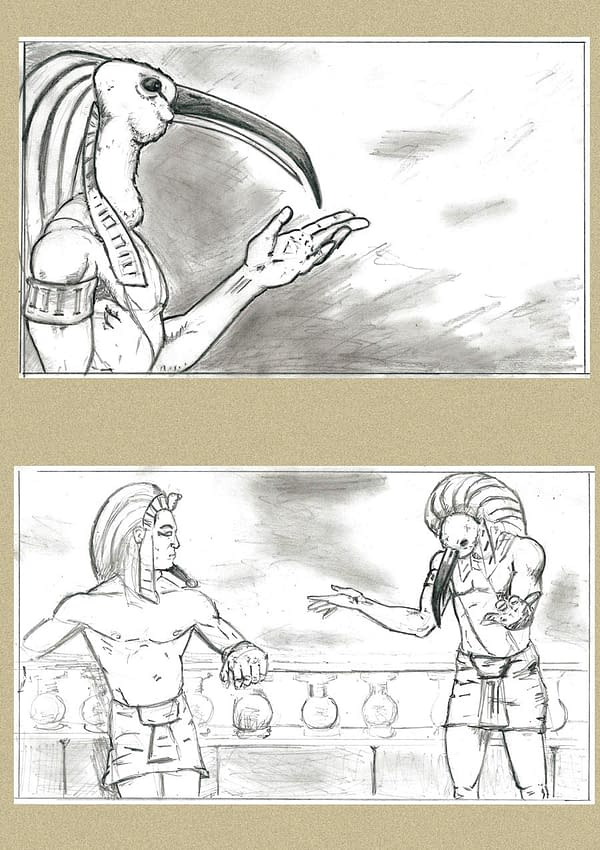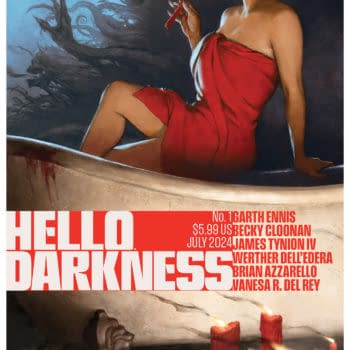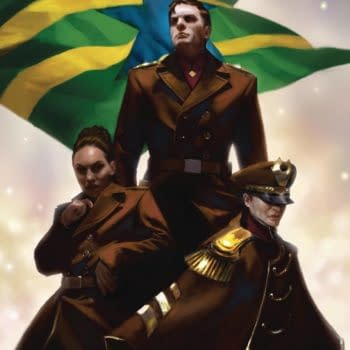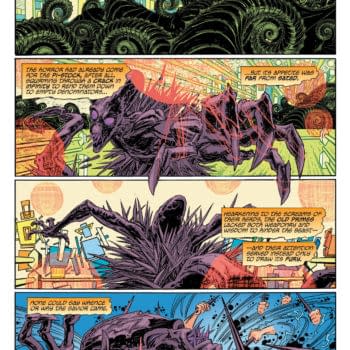Posted in: Comics | Tagged: Comics, entertainment
Sometimes It Takes A Comic Book To Get The Job Done…
Magic and comic books. It's like Peanut butter and jelly. Except in this case we aren't talking about Dr. Strange type magic. We're talking the Penn & Teller variety. Several years ago, we became hobbyist magicians (the Penn & Teller kind). Our focus very quickly became on mentalism, specifically memory. We studied up and learned how to quickly memorize long lists of randomly called out objects and shuffled decks of playing cards. It took some work, but the actual memorizing part wasn't that hard. The work beforehand, or rather, the pre-memorization, was ridiculous and required the use of mnemonics, memory techniques that harness the memory abilities we all possess but don't actively use.
To memorize a deck of cards, one must first assign a character to each card. That's 52 individual characters. Then, one needs to memorize between 18 and 52 locations to put typically 1, 2, or 3 cards at during a round of memorization. In other words, to memorize boring you need to boring, boring and some more boring. That is the reason so few people learn how to memorize a deck of cards—the steps that precede it are time consuming, frustrating, and, you guessed it, boring.
As bizarre as it sounds though, the actual memorizing of a shuffled deck of cards is an extremely fun activity. We would create elaborate stories that might involve our mailbox opening, Gambit emerging, hurling Captain America's shield and cracking a bullwhip while saying "Meow, I'm a cat." We would memorize decks as we drove around, comparing stories, and quizzing each other.
The truth is that memorizing things is addictive in the best way possible. Soon, we became more than mnemonic enthusiasts. We pieced together a library containing hundreds of writings on the subject. Some are ancient like Aristotle, and some are modern like Dominic O'Brien. There is one common thread in all mnemonic teachings: the instruction to convert words into images. "Imagine a man, holding a cup of wine in his left hand while bees relentlessly sting his right buttocks…" This is where we had our "Aha" moment. What better way to teach mnemonics, than through comics?
Rote memorization, or rather the torturous activity we are shouldered with during school, is the modern standard of memory. Essentially it is, "this is the fact, this is the fact, this is the fact" until we know what the fact is. But people don't learn the stories in comic books simply because they read them over and over. A lot of people read a story once or twice and can tell you what happened in each book by merely glancing at the cover image. Their brains immediately associate that image with the story inside and BOOM! facts come pouring out. Comics are natural mnemonics, using episodic memorization. Episodic memorization converts the fact we wish to learn into pieces, and stores the pieces as images in certain locations in our mind.
David spends his days writing and drawing comics. It seemed like a no-brainer to take our love of graphic storytelling and our passion for memory and combine them. We didn't set out to design our own card memorization system, it just kind of happened. Ultimately, we just wanted to make the hobby that we loved accessible to our kids, and if we could do that, it would be relatable to others. Study was followed by planning and then came images, lots and lots of images. We tested. If an image didn't cut it, we created a new one. Whole paths of locations were created and tossed out until we found what we felt was the easiest system to remember. Before we knew it, we had refined card memorization to a system so simple our then 6-year-old could memorize a shuffled deck! Even better, this system was hidden in the guise of a graphic novel, The Memory Arts.
We soon garnered an exclusive partnership for an eBook version with Vanishing Inc Magic, the premiere distributor for stage and performance magic. Vanishing was founded by two well-known magicians and is famous for testing products before selling them. If it doesn't work, they don't carry it. Almost needless to say, we were beyond shocked to see our little project as the #1 Best Seller after a day's unheralded release. We were no-names in magic and memory, no promotion had been done, and yet the people who were buying were finding success and sharing it. For almost the entire month of August we maintained a top spot. We were soon asked to release a second version. Within 8 hours of release we were the #1 Best Seller again, with the first version sitting in the #2 spot! For the first time ever (and now a second time), a comic book is king in the world of magic.
But our hopes extend beyond the world of performance. With this crazy little graphic novel, we hope to introduce a new generation to the memory arts and the brain's amazing capabilities. Once one knows how to memorize playing cards, the methods learned can be used to memorize anything. The principles taught in The Memory Arts are directly applicable to every area of life, be it business, math, history, grocery shopping, public speaking, and more. Best of all, the art of memory makes remembering fun.


